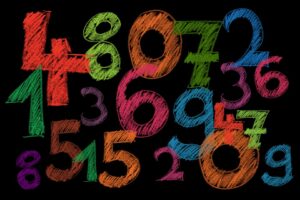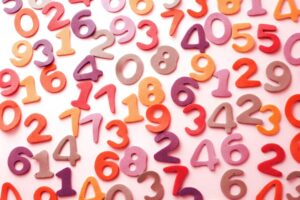Compound numbers
People who are interested what is a kinetic learner also interested in prime and composite numbers. Prime and composite numbers are a simple division of numbers. Distinguishing between prime and composite numbers means correctly decomposing numbers into multipliers, finding the common denominator of two fractions, and solving an example or problem. Today we’ll talk more about what numbers are called composite numbers.
What are prime numbers
To begin with th

e question, you need to start with the definition of prime numbers. So, a prime number is any number that is divisible by itself and by 1. The most striking example, which is easy for students to remember, is the number 13.
It is immediately apparent from the number 13 that you can either divide it by 13 and get 1, or by 1 and get 13.
It should be understood
that we are talking about dividing a number with an integer. Almost any number can be divided with a remainder, either integer or fractional.
To avoid guessing every time what number is in front of you, you can and should use tables of prime numbers. In high school, a table with the values of prime numbers up to 100 is enough.
In high school, you’ll have to expand the reference literature and find a table with the values of prime numbers up to 1000.
What are composite numbers and what is multiples
It’s not hard to guess that there are many times more composite numbers than there are prime numbers. A composite number is a number that is not a prime number. That’s the definition, there’s nothing complicated about it.
Let’s look at why this group of numbers is called composite numbers. Take the familiar number 13 and multiply it with another prime number: 2.
13*2=26 – the result is a composite number which can be divided by 1,2,13,26. This number consists of two multipliers: 2 and 13. So, composite numbers are numbers that consist of several prime factors. In other words, a number consists of 2 or more prime multipliers.
Similar to simple numbers, composite numbers are called complex numbers. Dividing numbers into prime and composite is much easier to remember than dividing them into prime and composite.
Why do I need to do this?
Why do we need division into prime and composite numbers in math? It’s simple, you need it to simplify multiplication. Instead of searching for a long time for what numbers to actually decompose into, you can just use the table.
And decomposition into prime factors, in turn, helps in determining the greatest common divisor and the smallest common multiple. These values are needed to add, subtract, and compare fractions.
What number is 1? The interesting numbers in the classification are 0 and 1. Let’s deal with 1. By definition, a prime number has two divisors: 1 and itself. But for 1, 1 is the second divisor, which means that the number has only one divisor, and it does not fall into the group of prime numbers.
The interesting numbers in the classification are 0 and 1. Let’s deal with 1. By definition, a prime number has two divisors: 1 and itself. But for 1, 1 is the second divisor, which means that the number has only one divisor, and it does not fall into the group of prime numbers.
Of course, 1 also cannot be considered a compound number, so 1 is considered outside the categories.
What kind of number is 0?
Zero, as opposed to one, can be divided by any number at all and still get the same zero. Also, zero cannot be decomposed into prime factors. To explain this mathematical effect in terms of theory, we decided to take zero out of the categories of prime and composite numbers.
What did we learn?
We talked about dividing numbers into prime and composite numbers. We highlighted, two special numbers that do not belong to either group. Also told why this classification was introduced in general and gave examples of composite numbers.
